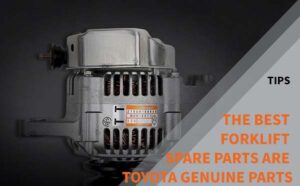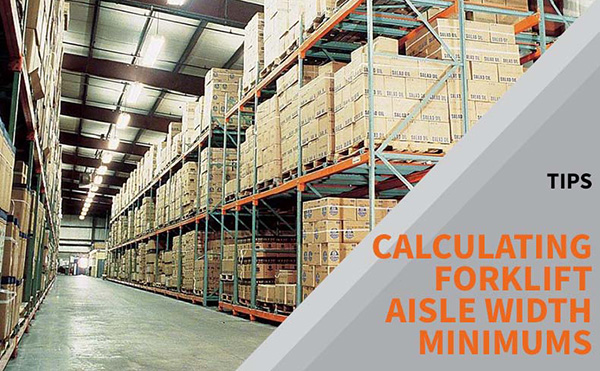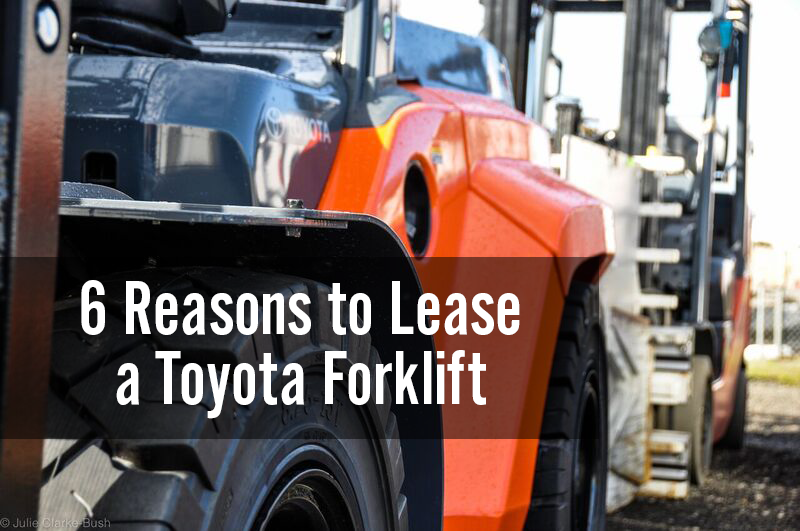When making changes to your warehouse or distribution center to maximize space, you usually have four storage system options:
- Bulk Storage
- Pallet Rack
- Shelving
- Carton Flow
Bulk Storage
 Bulk storage is also known “floor stacked” and is the most basic form of warehouse storage. It consists of no physical storage system other than the building’s square footage.
Bulk storage is also known “floor stacked” and is the most basic form of warehouse storage. It consists of no physical storage system other than the building’s square footage.
Products are stored directly on the warehouse floor and are typically arranged several pallets deep and are possibly stacked depending on the type of product.
This method is low in cost and is ideal when:
- Pallets are stackable
- Ceiling height prevents vertical racks
- Products are not sensitive to (FIFO) First-In First-Out sequencing
- Storage density is not a concern
With these benefits, though, come some challenges as well, such as:
- Low space utilization (60-70%) since vertical space is not effectively used
- Increased possibility for product damage due to stacking
- Inefficient product location and picking due to cumbersome product access and poor product location identification.
Bulk storage is usually a starting point for facilities before they move into some of the other storage system options.
Pallet Rack
Pallet racking consists of a set of upright frames connected in various ways by horizontal beams to provide storage for palletized or non-palletized product depending on the rack configuration and beam supports used.
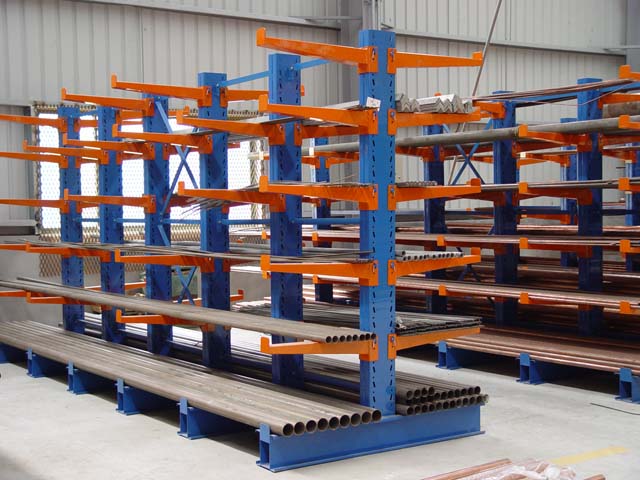
There are five basic types of pallet racks:
Shelving
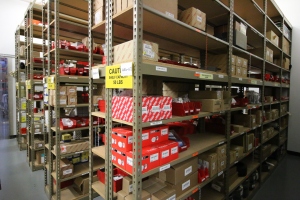 Much like, pallet racking, shelving is made up of upright frames, but instead of being connected by horizontal beams, they are connected by shelves. These are typically used for lighter, smaller items when pallets are not required.
Much like, pallet racking, shelving is made up of upright frames, but instead of being connected by horizontal beams, they are connected by shelves. These are typically used for lighter, smaller items when pallets are not required.
There are two types of shelving:
Carton Flow
Carton Flow is a form of shelving that uses gravity feed rear-load design. This storage system helps to keep the product more organized because it is automatically rotated on a FIFO basis.
The decision to use carton flow depends on many factors such as:
- Overall footprint available
- Consistency of product sizes and weights
- SKU quantity
- SKU velocity
 The size, weight, and consistency of your merchandise will determine which type of carton flow is best for your application. There is a big difference in carton flow requirements for a warehouse that picks products from consistently sized and weighted boxes or containers, and a warehouse where size and shape vary greatly.
The size, weight, and consistency of your merchandise will determine which type of carton flow is best for your application. There is a big difference in carton flow requirements for a warehouse that picks products from consistently sized and weighted boxes or containers, and a warehouse where size and shape vary greatly.
There are a few basic types of carton flow including:
Any of these types of carton flow can be configured as either standalone units or rows integrated into an existing storage system.
The right storage system for your facility depends on a number of factors, including available space, inventory supply and demand, if you have FIFO or LIFO product needs, and what kind of equipment you will be using.
Interested in a facility analysis?
